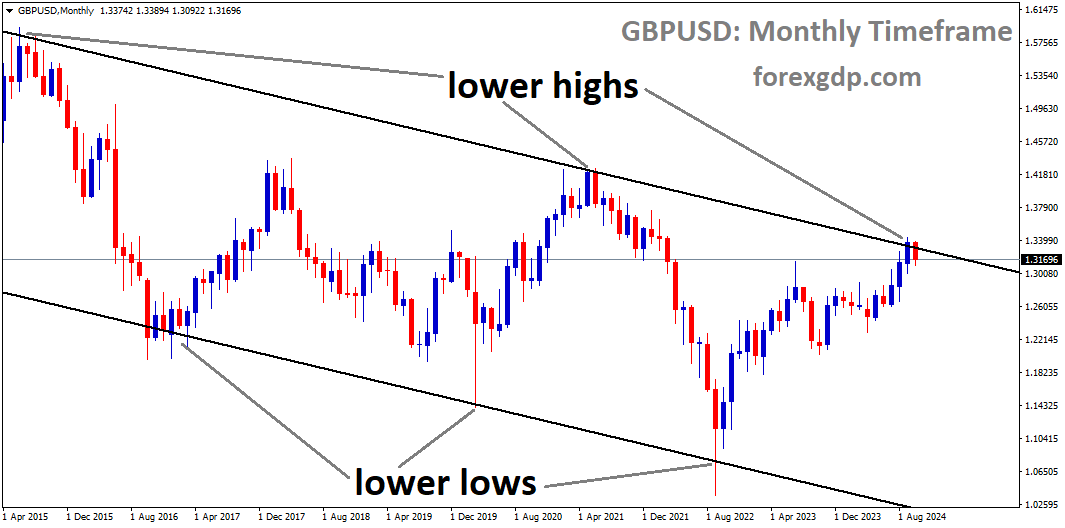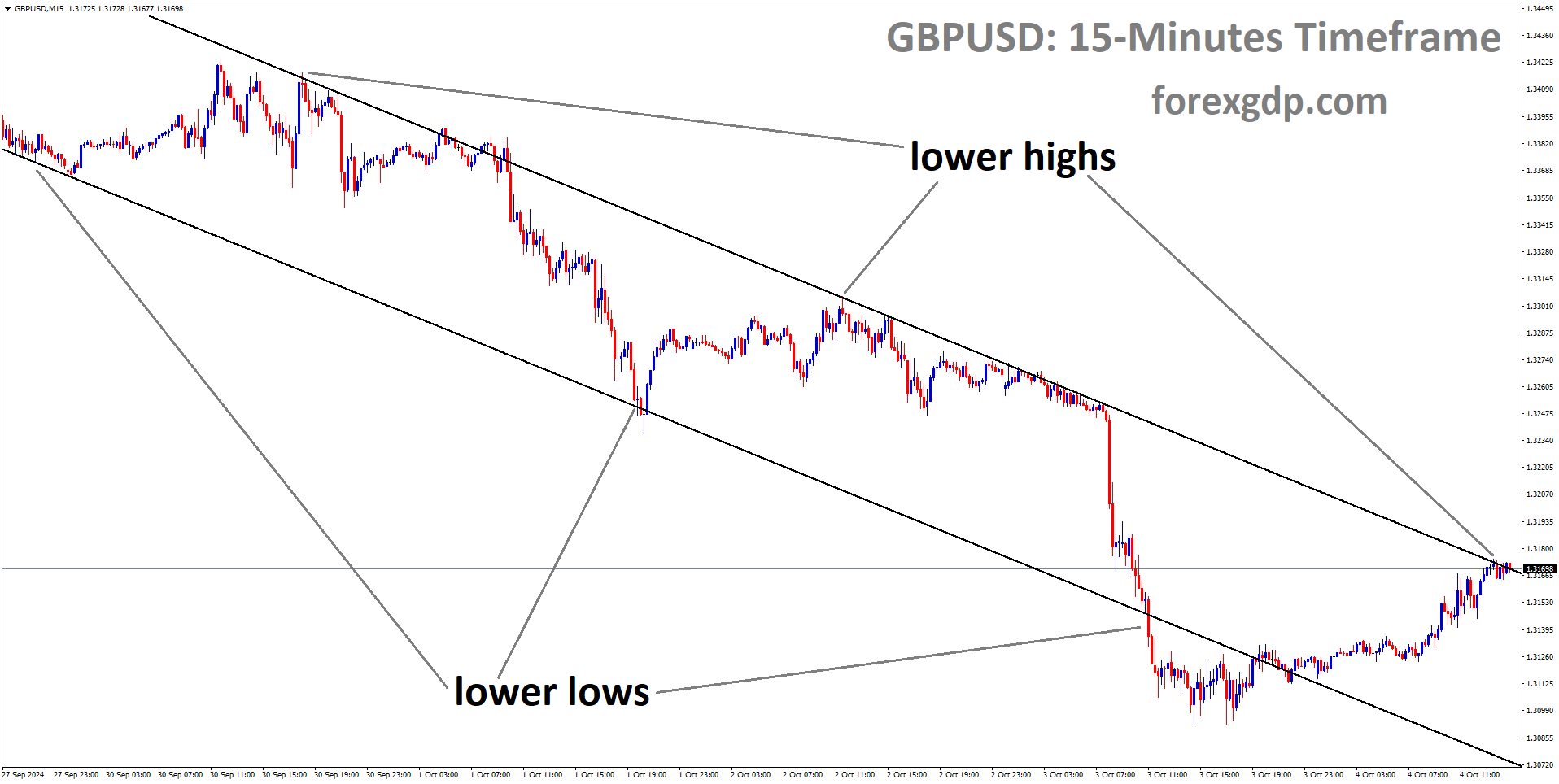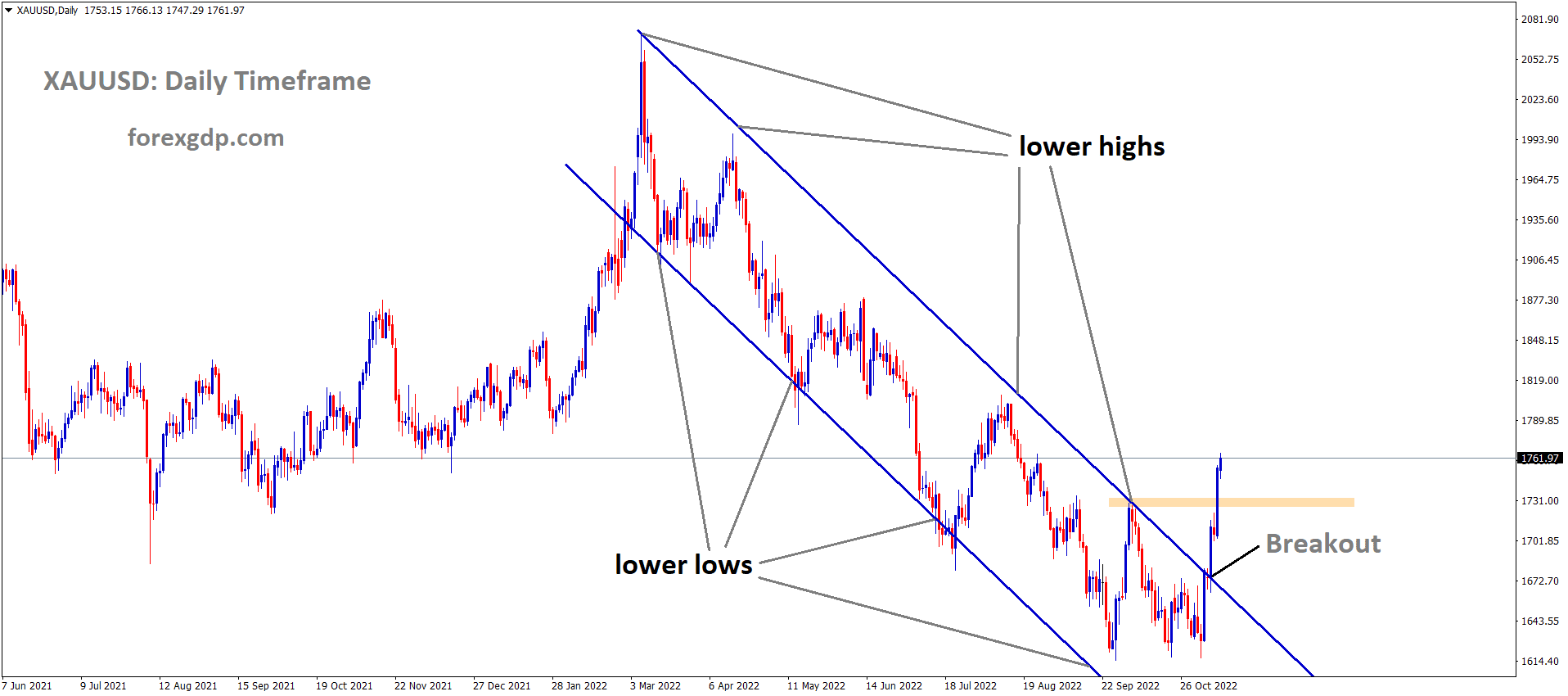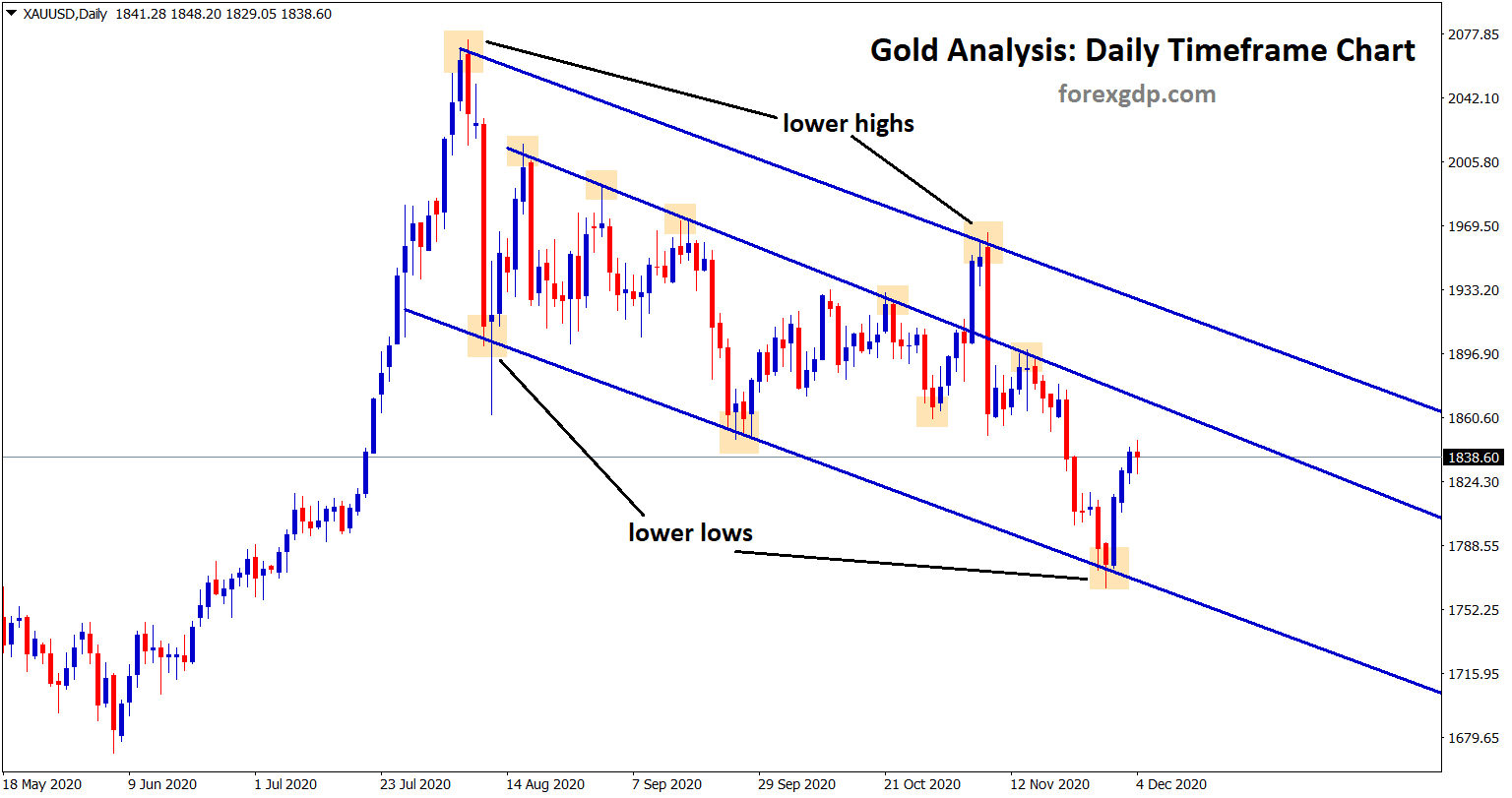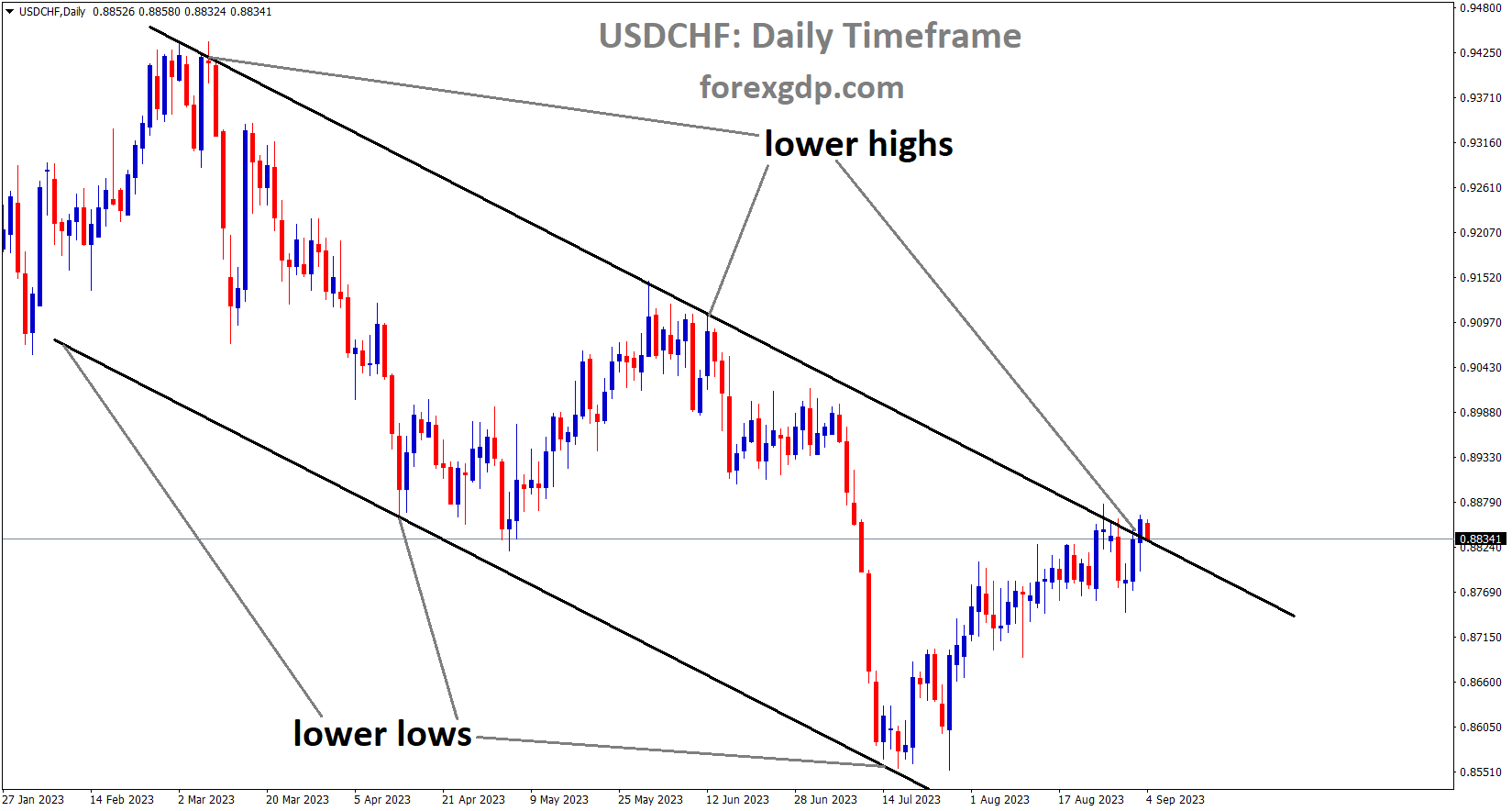GBPUSD is moving in an Ascending channel, and the market has fallen from the higher high area of the channel
#GBPUSD Analysis Video
The Pound Sterling Surges Ahead: A Look at What’s Driving the Movement
The Pound Sterling has seen a significant uptick in recent days, catching the attention of investors and market watchers. This move comes just ahead of the release of the US Nonfarm Payrolls (NFP) report, an important indicator of economic health. With many eyes on the Federal Reserve’s next steps, there’s a lot to unpack about why the British currency is gaining strength. Let’s break down the key factors behind this rally, what’s affecting the broader economic landscape, and why it matters to you.
Why the Pound is Gaining Against the Dollar
Investor Sentiment and the US NFP Report
The anticipation of the US Nonfarm Payrolls (NFP) report is one of the main drivers behind the recent movements in currency markets. This report is highly anticipated each month because it sheds light on the strength of the US labor market. For September, investors are particularly eager to see if the data reflects continued job growth or a slowdown.
The market expects a slightly lower number of jobs added in September compared to August. While this may seem like a minor difference, any surprise in the numbers could heavily influence the value of both the US Dollar and currencies like the Pound Sterling. Why? Because the Federal Reserve (the US central bank) looks at labor market data to help decide whether to raise or lower interest rates. A strong labor market might encourage the Fed to be cautious about lowering rates, while a weaker report might push them toward more aggressive cuts.
In the context of these upcoming data releases, investors seem to be betting that the Fed will be less likely to implement significant rate cuts by the end of the year. This has led to a shift in demand for the US Dollar, helping boost the Pound Sterling as traders look for other opportunities.
What’s Happening with the Bank of England?
On the other side of the Atlantic, the Bank of England (BoE) has been making headlines too. Governor Andrew Bailey has recently spoken about the potential need for future interest rate cuts. Bailey’s tone has been somewhat dovish, suggesting that the BoE might consider cutting rates more aggressively if inflation continues to ease. This would be a departure from the previous rate hikes the BoE had been implementing to combat rising inflation.
Even though rate cuts often weaken a currency, in this case, the Pound Sterling has continued to rise. This could be because investors see the BoE’s actions as a proactive measure that may boost the UK economy in the long term. A stable and growing economy often results in a stronger currency, which could explain why the Pound is holding its own despite the potential for lower interest rates.
Geopolitical Tensions and Their Impact
Global events also play a huge role in currency markets. Recently, tensions in the Middle East, particularly between Iran and Israel, have flared up. This has led to a sharp increase in oil prices, as the region is a critical supplier of crude oil. When oil prices rise dramatically, it can negatively impact countries that rely on importing large amounts of oil, leading to a depreciation in their currencies.
GBPUSD is moving in a Downtrend channel, and the market has reached the lower high area of the channel
However, the UK doesn’t rely as heavily on oil imports as some other countries, which may be why the Pound has remained relatively strong amid the rising geopolitical risks. The stability of the British economy, compared to countries that are more vulnerable to oil price swings, has likely contributed to the currency’s recent performance.
The Broader Economic Landscape
US Interest Rate Outlook and What It Means
One of the biggest factors influencing the foreign exchange market is interest rate policy. Central banks, like the US Federal Reserve and the Bank of England, adjust interest rates to help control inflation and stimulate or slow down the economy. Higher interest rates generally make a currency more attractive because investors can earn higher returns on investments denominated in that currency.
GBPUSD is moving in a descending channel, and the market has reached the lower high area of the channel
As of now, the likelihood of the Fed cutting interest rates significantly by the end of the year has decreased. Earlier in the year, many analysts believed that the Fed would need to implement aggressive cuts to combat economic slowdown. However, recent data, such as the NFP report, suggests that the US economy might not be in as much trouble as previously thought. This shift in expectations has weakened the US Dollar and, in turn, supported the Pound Sterling.
UK Economic Data: A Mixed Bag
On the home front, the UK has seen some mixed economic data recently. For example, the latest Construction Purchasing Managers’ Index (PMI), which tracks activity in the construction sector, came in much stronger than expected. This indicates that the UK construction industry is doing well, a sign of economic resilience despite broader challenges.
On the other hand, inflation has been easing, which could prompt the BoE to cut rates sooner rather than later. Lower rates can sometimes be seen as a negative for a currency, but in the case of the Pound, investors may view the potential rate cuts as a necessary step to keep the economy stable. This has helped maintain demand for the currency, even with the possibility of lower interest rates on the horizon.
Looking Ahead: What Can We Expect?
With so many moving parts in the global economy, it’s hard to predict exactly what will happen next with the Pound Sterling or the US Dollar. However, a few key themes are worth watching in the coming weeks:
- US Economic Data: The NFP report and other labor market data will continue to be closely watched. If the US job market shows signs of weakening, the Fed may be more inclined to cut rates, which could put pressure on the US Dollar and support the Pound.
- Bank of England Policy: Keep an eye on future statements from BoE officials, especially Andrew Bailey. If inflation continues to decline, the BoE may follow through on its hints of more aggressive rate cuts, which could affect the Pound’s performance.
- Geopolitical Risks: The situation in the Middle East remains volatile. If tensions continue to escalate, oil prices could rise even further, which might influence currency markets in unpredictable ways.
Wrapping Up: Why This All Matters
In the ever-changing world of currency markets, it’s important to stay informed about the key drivers of exchange rates. Whether you’re actively trading or just curious about the global economy, understanding the factors that influence currencies like the Pound Sterling can help you make sense of the bigger picture.
As we’ve seen, interest rate policies, economic data, and geopolitical events all play significant roles in determining currency values. While the Pound Sterling has shown strength in recent days, there are still plenty of variables that could affect its trajectory moving forward. By keeping an eye on the key trends discussed here, you’ll be better equipped to navigate the ups and downs of the financial world.
Don’t trade all the time, trade forex only at the confirmed trade setups
Get more confirmed trade signals at premium or supreme – Click here to get more signals , 2200%, 800% growth in Real Live USD trading account of our users – click here to see , or If you want to get FREE Trial signals, You can Join FREE Signals Now!



